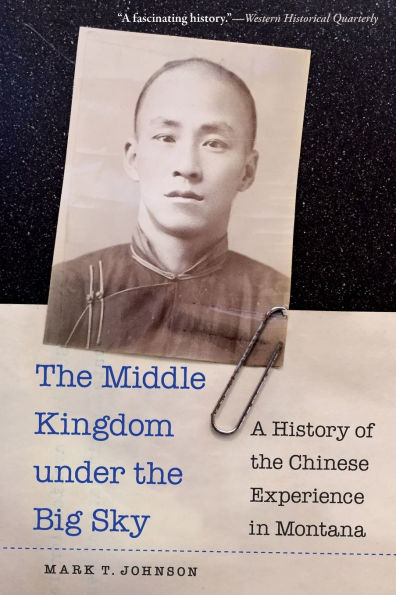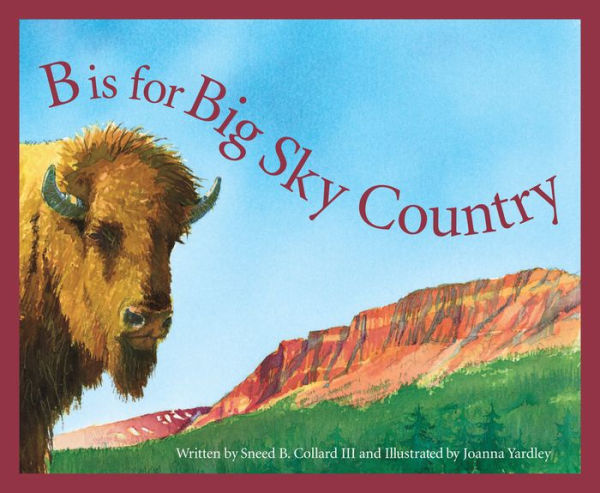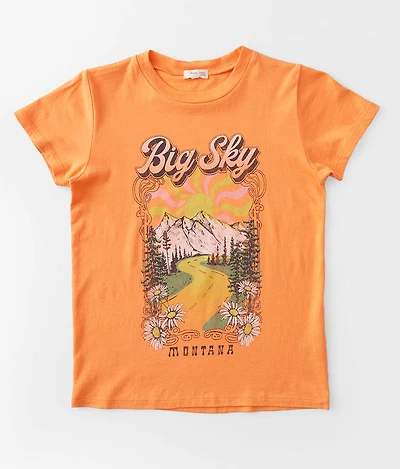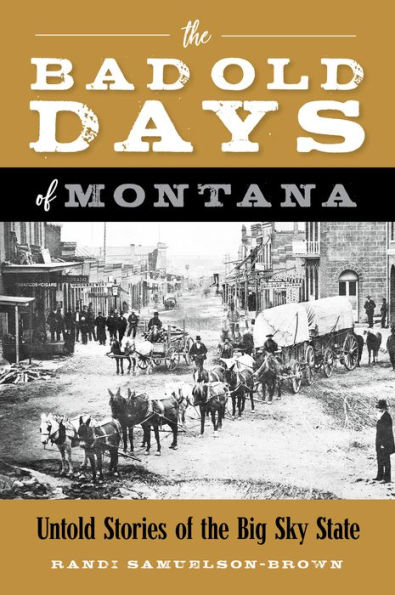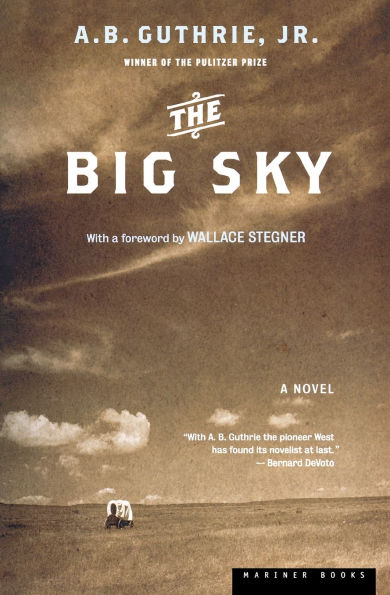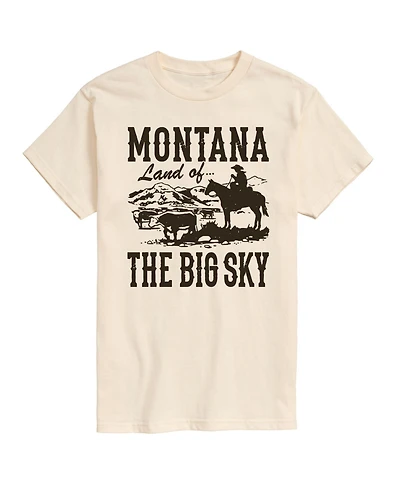Home
Big Skies, White Hoods: The 1920s Klan and a History of Hate Montana
Barnes and Noble
Loading Inventory...
Big Skies, White Hoods: The 1920s Klan and a History of Hate Montana in Franklin, TN
Current price: $34.95
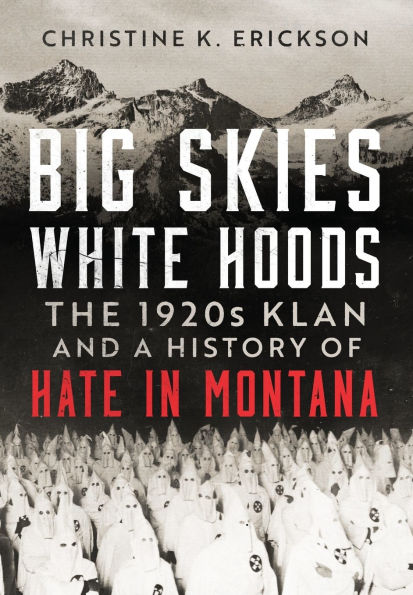
Barnes and Noble
Big Skies, White Hoods: The 1920s Klan and a History of Hate Montana in Franklin, TN
Current price: $34.95
Loading Inventory...
Size: Hardcover
In the early 1920s, amid rising anti-Catholic sentiment and hysteria generated by World War I, the reconstituted Ku Klux Klan found new footing in many states outside the Deep South—including Montana. In
Big Skies, White Hoods
, Christine K. Erickson explores the little-known history of the Klan in Big Sky Country, revealing what this western incarnation had in common with its antecedents, how it differed from the Klan’s reappearance elsewhere, and what it might tell us about the resurgence of white nationalism in Montana and across the West.
The early-twentieth-century Klan, unlike its Reconstruction-era forbear, was a national phenomenon, with 3 to 4 million members across the country. But it was also highly localized—and in the forty-six Montana communities where it organized, that meant focusing less on race than on religion and class.
sets the historical stage for the Klan’s arrival with an account of the influence of the American Protective Association, a virulent anti-Catholic organization, and the social fallout from World War I, as seen in the emergence of the notorious Montana Council of Defense.
In its organizational structure and recruiting methods, its political interests and membership, and its deep connection to white Protestant culture, the Klan in Montana echoed iterations elsewhere. But Erickson shows how the state’s weather and geography complicated the task of organizing its scattered, isolated communities, and how local ambivalence challenged the high-minded extremist ideals of the Klan’s leaders—especially Grand Dragon Lewis Terwilliger, whose ambitions were finally thwarted when discrepancies between the national, state, and local organizations proved intransigent.
Although
documents the ultimate downfall of the Klan in Montana, the book’s epilogue confirms that its legacy of hate continues, as other racist organizations have written their white nationalist hopes upon Montana’s history.
Big Skies, White Hoods
, Christine K. Erickson explores the little-known history of the Klan in Big Sky Country, revealing what this western incarnation had in common with its antecedents, how it differed from the Klan’s reappearance elsewhere, and what it might tell us about the resurgence of white nationalism in Montana and across the West.
The early-twentieth-century Klan, unlike its Reconstruction-era forbear, was a national phenomenon, with 3 to 4 million members across the country. But it was also highly localized—and in the forty-six Montana communities where it organized, that meant focusing less on race than on religion and class.
sets the historical stage for the Klan’s arrival with an account of the influence of the American Protective Association, a virulent anti-Catholic organization, and the social fallout from World War I, as seen in the emergence of the notorious Montana Council of Defense.
In its organizational structure and recruiting methods, its political interests and membership, and its deep connection to white Protestant culture, the Klan in Montana echoed iterations elsewhere. But Erickson shows how the state’s weather and geography complicated the task of organizing its scattered, isolated communities, and how local ambivalence challenged the high-minded extremist ideals of the Klan’s leaders—especially Grand Dragon Lewis Terwilliger, whose ambitions were finally thwarted when discrepancies between the national, state, and local organizations proved intransigent.
Although
documents the ultimate downfall of the Klan in Montana, the book’s epilogue confirms that its legacy of hate continues, as other racist organizations have written their white nationalist hopes upon Montana’s history.
In the early 1920s, amid rising anti-Catholic sentiment and hysteria generated by World War I, the reconstituted Ku Klux Klan found new footing in many states outside the Deep South—including Montana. In
Big Skies, White Hoods
, Christine K. Erickson explores the little-known history of the Klan in Big Sky Country, revealing what this western incarnation had in common with its antecedents, how it differed from the Klan’s reappearance elsewhere, and what it might tell us about the resurgence of white nationalism in Montana and across the West.
The early-twentieth-century Klan, unlike its Reconstruction-era forbear, was a national phenomenon, with 3 to 4 million members across the country. But it was also highly localized—and in the forty-six Montana communities where it organized, that meant focusing less on race than on religion and class.
sets the historical stage for the Klan’s arrival with an account of the influence of the American Protective Association, a virulent anti-Catholic organization, and the social fallout from World War I, as seen in the emergence of the notorious Montana Council of Defense.
In its organizational structure and recruiting methods, its political interests and membership, and its deep connection to white Protestant culture, the Klan in Montana echoed iterations elsewhere. But Erickson shows how the state’s weather and geography complicated the task of organizing its scattered, isolated communities, and how local ambivalence challenged the high-minded extremist ideals of the Klan’s leaders—especially Grand Dragon Lewis Terwilliger, whose ambitions were finally thwarted when discrepancies between the national, state, and local organizations proved intransigent.
Although
documents the ultimate downfall of the Klan in Montana, the book’s epilogue confirms that its legacy of hate continues, as other racist organizations have written their white nationalist hopes upon Montana’s history.
Big Skies, White Hoods
, Christine K. Erickson explores the little-known history of the Klan in Big Sky Country, revealing what this western incarnation had in common with its antecedents, how it differed from the Klan’s reappearance elsewhere, and what it might tell us about the resurgence of white nationalism in Montana and across the West.
The early-twentieth-century Klan, unlike its Reconstruction-era forbear, was a national phenomenon, with 3 to 4 million members across the country. But it was also highly localized—and in the forty-six Montana communities where it organized, that meant focusing less on race than on religion and class.
sets the historical stage for the Klan’s arrival with an account of the influence of the American Protective Association, a virulent anti-Catholic organization, and the social fallout from World War I, as seen in the emergence of the notorious Montana Council of Defense.
In its organizational structure and recruiting methods, its political interests and membership, and its deep connection to white Protestant culture, the Klan in Montana echoed iterations elsewhere. But Erickson shows how the state’s weather and geography complicated the task of organizing its scattered, isolated communities, and how local ambivalence challenged the high-minded extremist ideals of the Klan’s leaders—especially Grand Dragon Lewis Terwilliger, whose ambitions were finally thwarted when discrepancies between the national, state, and local organizations proved intransigent.
Although
documents the ultimate downfall of the Klan in Montana, the book’s epilogue confirms that its legacy of hate continues, as other racist organizations have written their white nationalist hopes upon Montana’s history.
